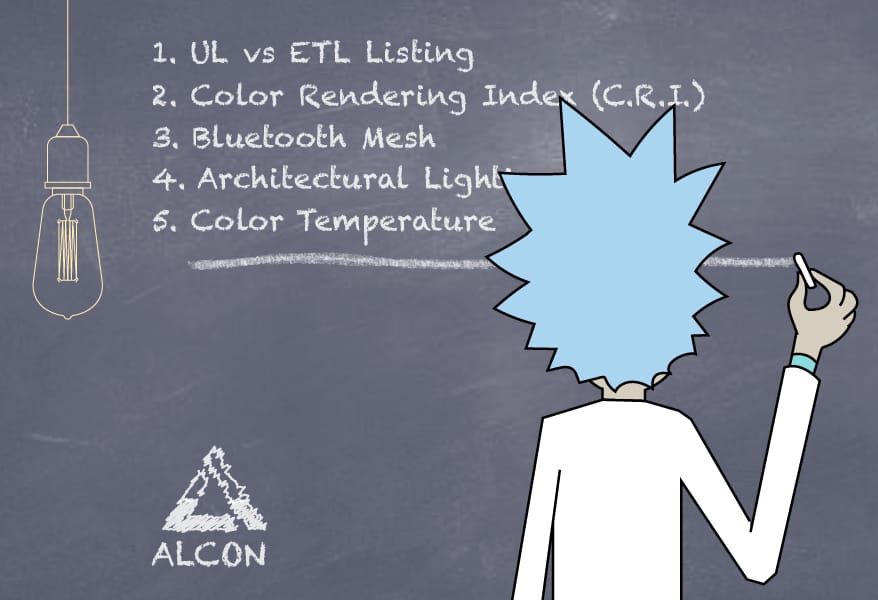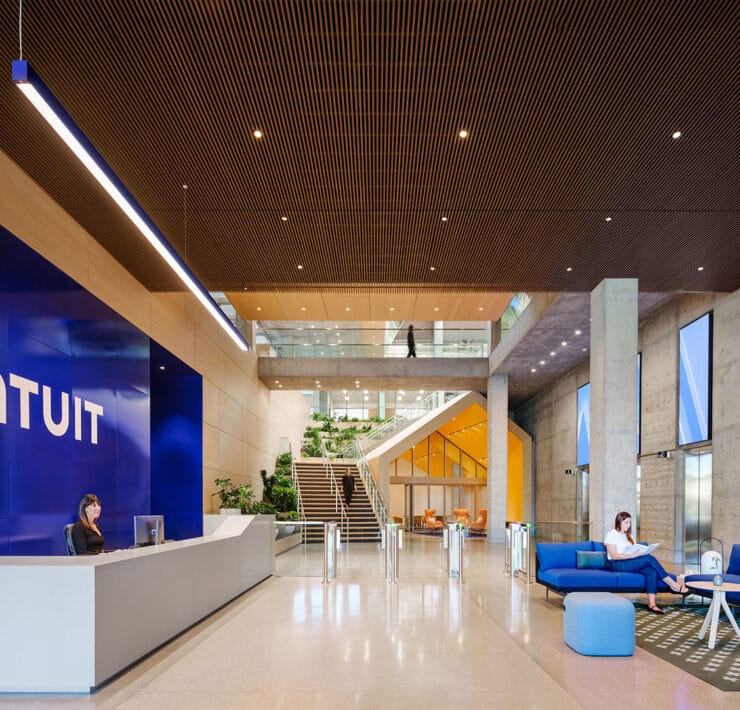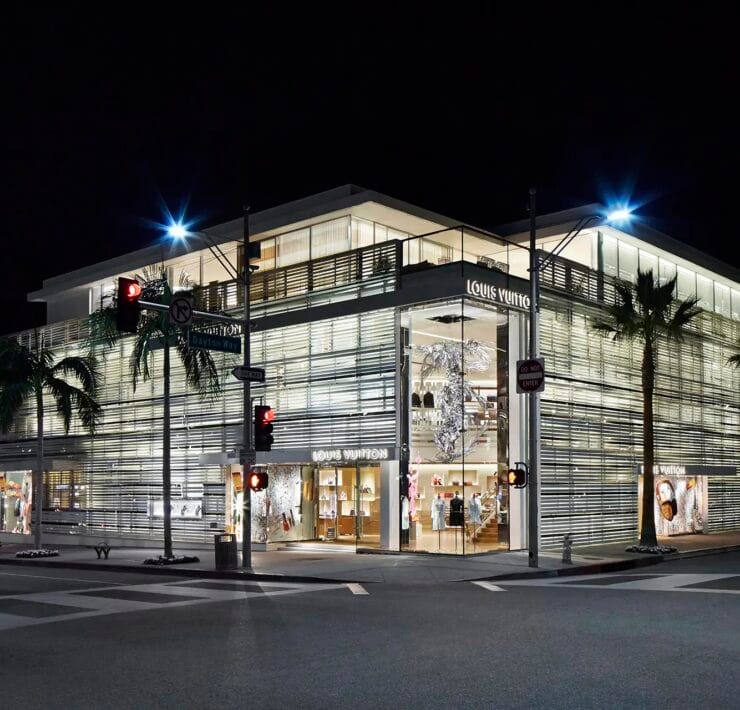This is the first post in a new series about essential commercial and architectural lighting terms. The terms, which will be presented in sets of five terms per post, are curated.
CRI (Color Rendering Index)
The Color Rendering Index (CRI) is a way of measuring the degree to which an artificial light source (i.e., LED, fluorescent, halogen, incandescent, etc.) accurately shows colors as compared to the sun’s natural light. Indeed, sunlight is the standard for the CRI, the most accurate gauge for a subject’s colors. To illustrate what this means in practice, a CRI of 90 means that the artificial light replicates approximately 90 percent of the sun’s visible color spectrum. Generally, applications requiring a high (90 and up) CRI include art gallery, museum and retail lighting. Please note that a CRI rating does not measure brightness. Instead, the CRI measures how sharp colors appear under a given light source. For more information, read [mfn]Color Rendering Index – What Is CRI?[/mfn]
Color Temperature
When a piece of metal is heated, the color of the light it emits changes. Its color begins as red in appearance and, as it heats, the color graduates from orange to yellow to white to blue. The color gradually reaches blue-white and finishes in deeper shades of blue. This is measured in degrees of Kelvin (K) on a scale from 1,000 to 10,000. Accordingly, color temperature, commonly known as “color temp” in the lighting industry, is a key characteristic of visible light; it’s a way to measure the appearance of light provided by the light source, gauging its warmth or coolness.
Bluetooth Mesh
Bluetooth Mesh is a networking protocol based upon Bluetooth’s proprietary radio technology that allows for expanded communication. The term mesh refers to the way Bluetooth forms networks, as nodes relaying messages from many devices to many devices. This means that Bluetooth mesh supports device-to-device-to-device communication so that any device within the mesh network can communicate with any other device in the network without having to be in direct radio range of the originating command. Instead, messages relayed across the network can span large physical areas. So, unlike wireless lighting systems such as Wi-Fi, Bluetooth Mesh enables data communication among switches, HVAC, sensors, light fixtures and shades. The communication—instead of passing through your WiFi router, nearby PC or dedicated hub device—transmits via radio waves. This, in turn, means that the networks are easier to access and less expensive to build, making Bluetooth Mesh more prominent in so-called Smart Building, Home and Industry technology.[mfn]2019 Lighting Technology Trends: What Is Bluetooth Mesh? [/mfn]
Architectural Lighting
Architectural lighting is illumination for building design and function — it is the field of endeavor which integrates or draws upon architecture, design and engineering to make systems of light, including natural and electrical light, for human action. Architectural lighting factors include physics and the psychological and physiological effects of light. So, besides the building’s aesthetic, the term also applies to any functional aspect that improves one’s ability to live, work, function, relax or play — to make the space easier to use. Architectural lighting encompasses energy efficiency, ensuring that light is properly used and distributed. Ultimately, architectural lighting imagines, creates, integrates, infuses and organizes lighting into a coordinated system to serve and advance humanity’s relationship with lighting.[mfn]What Is Architectural Lighting?[/mfn]
UL Vs. ETL Listing
The federal government’s Occupational Safety and Health Administration (OSHA) maintains Nationally Recognized Testing Laboratories (NRTL) for recognizing third party testing and certification to specifications of applicable product safety standards. NRTL’s function is to provide evaluation, testing and certification of any electrically operated or gas and oil-fired products.
Underwriters Laboratories (UL), which creates, publishes, updates and maintains certain standards for certain types of products, is an NRTL. A product is listed by UL only after a representative sample has been tested by UL and found to meet UL’s safety standards.
Electrical Testing Laboratories (ETL) originated as the Lamp Testing Bureau, which Thomas Edison created in 1896 to test lightbulbs for safety. ETL is a part of Intertek Testing Laboratories, which, like UL, is an an OSHA-recognized NRTL. Unlike UL, ETL does not publish their own standards. Instead, they test parts and components to the published standards of other NRTLs, such as UL.
This means that both ETL and UL guarantee the safety of a given product, if not its performance or quality.[mfn]UL Certification Vs. ETL Certification[/mfn] Other NRTLs include the Canadian Standards Association (CSA), the British Standards Institution (BSI), VDE and the British Approvals Board for Telecommunications (BABT).





